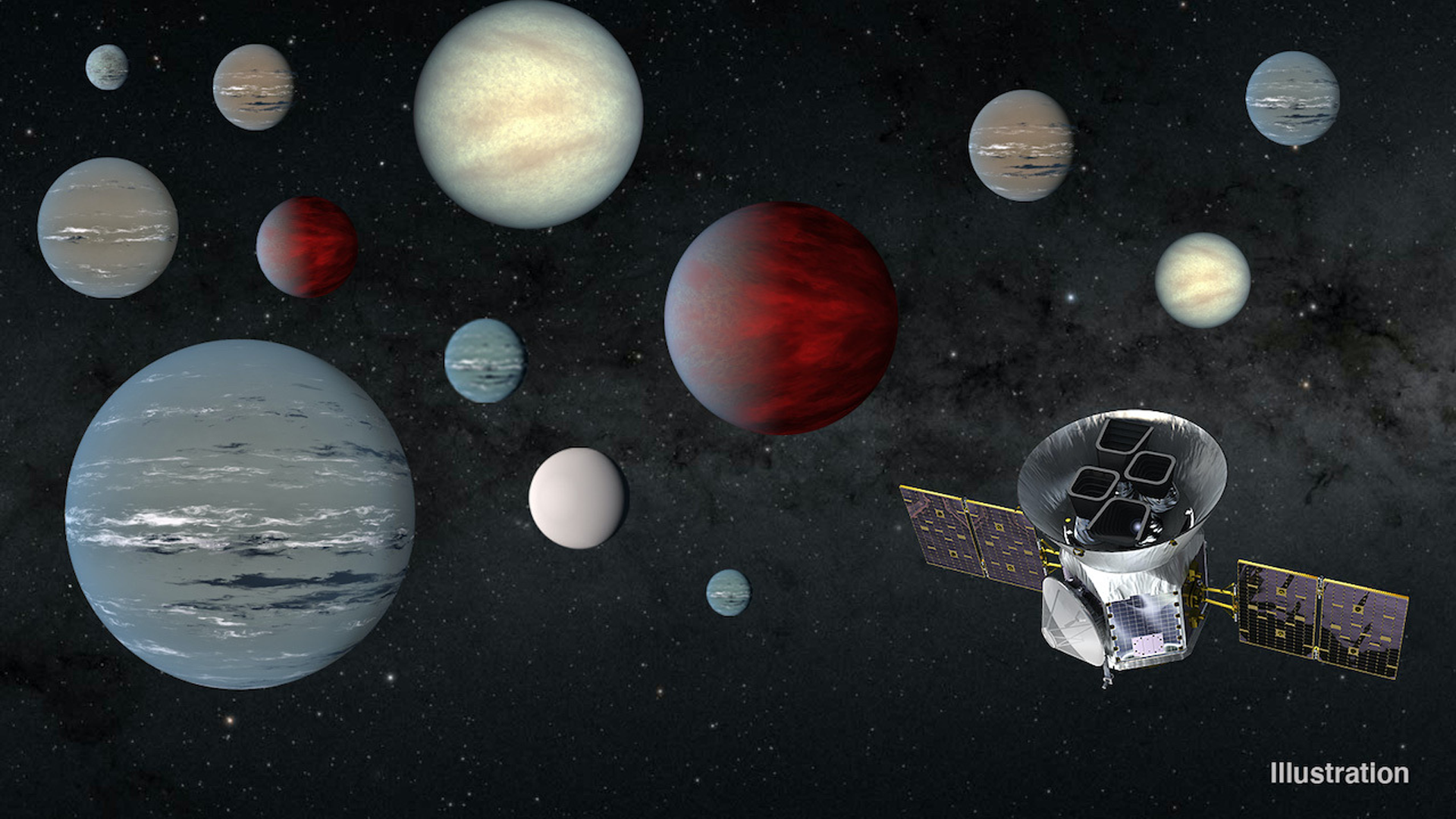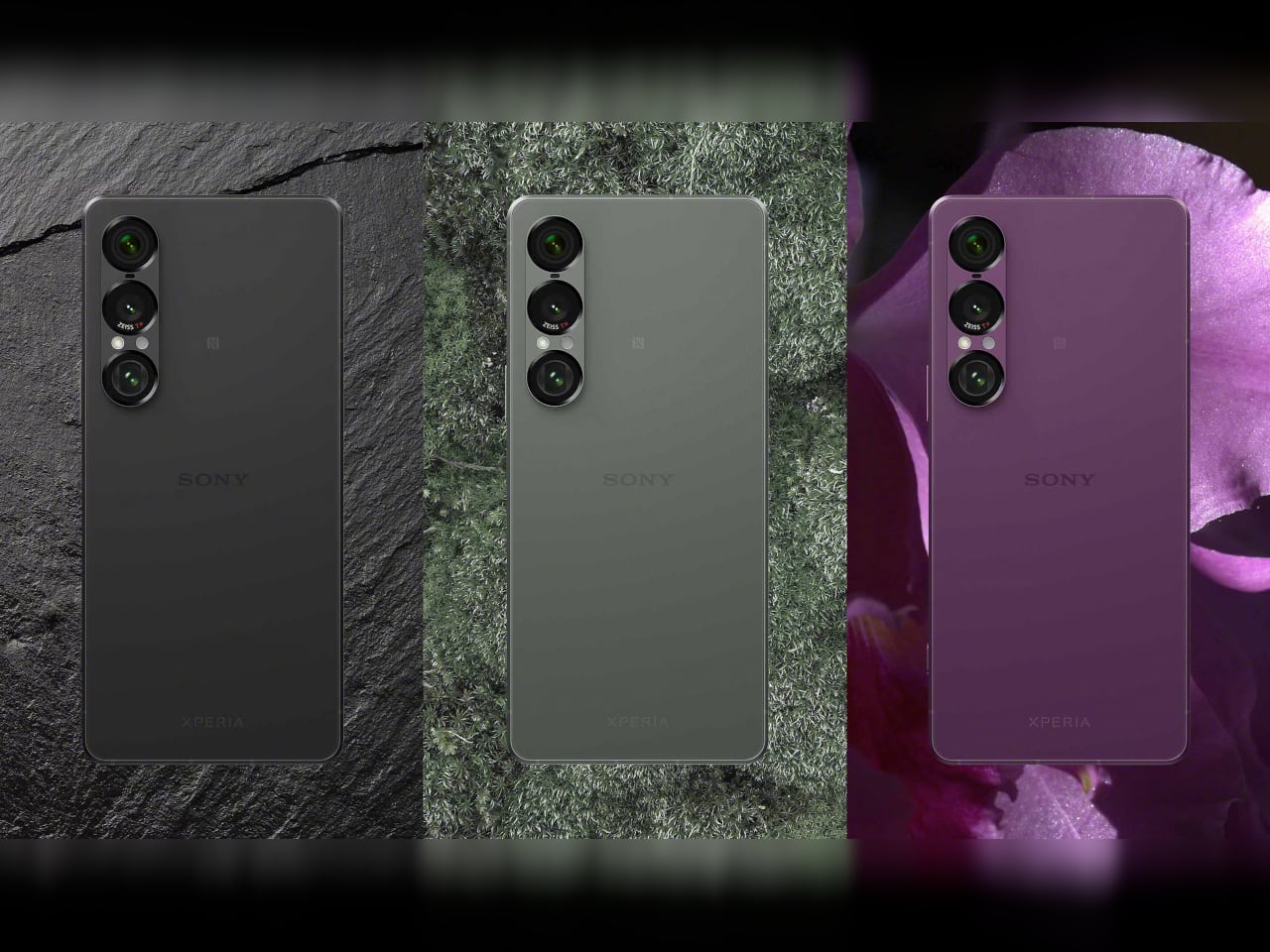#NASA’s TESS Spacecraft Finds Evidence of 2,200 Possible Exoplanets


Launched in 2018 on a mission to spot planets outside our solar system, NASA’S TESS (Transiting Exoplanet Survey Satellite) has now discovered over 2,200 possible planetary candidates. The candidates are all orbiting bright nearby stars, and many are smaller planets. Some are even rocky, like Earth.
Each of the candidate exoplanets (planets orbiting other stars than our own) will need to be looked at by scientists in further detail before being officially confirmed. Future telescopes—like NASA’s James Webb or the European Space Agency’s ARIEL—will also help explore each of the exciting discoveries in immense detail and help us learn more about exoplanets.
“The exciting thing is to look at the map of TESS exoplanets as a kind of to-do- list—with 2,000 things on it,” stated Natalia Guerrero, research at the Massachusetts Institute of Technology and lead author of the paper cataloguing all of TESS’ discoveries.
TESS was originally launched on a two-year mission to discover exoplanet candidates. It was originally estimated that the satellite would discover approximately 1,600 exoplanets. Now, it is on an extended mission to help us finish mapping out our all-sky survey of the night sky domes over Earth’s northern and southern hemispheres.
To identify exoplanets, astronomers look at TESS’s catalog of light curves (changes in the brightness of stars as orbiting planets pass in front of them). TESS’s four powerful cameras can detect minute changes, as small as 0.1% or less. The paper’s co-author, Jessie Christiansen, noted “It’s an incredible body of work—a rich stockpile of exoplanet candidates for the community to mine and explore for years to come.”
TESS has made some truly exciting finds so far, as well:
- TOI 1338 b: (TOI stands for TESS Objects of Interest) A planet orbiting two stars (yes, like Tatooine), which are, in turn, orbiting themselves. This system is 1,300 light-years away.
- TOI 849 b: A dense and enormous remnant core of a gas giant planet (think: Jupiter or Saturn). Scientists believe either it used to have a turbulent atmosphere or never had one to begin with. It’s about 40 times the mass of Earth but only about three times as large. It’s 700 light-years away.
- TOI 125: A multi-planet system with three “mini-Neptunes” and possibly two other small planets that all tightly orbit a star similar to our Sun about 360 light-years away.
- TOI-700 d: An Earth-sized planet in the “habitable zone” around its star, a cool red-dwarf less than half the size of our Sun, about 100 light-years away. The “habitable zone” is also called the Goldilocks zone, meaning it’s within the orbital distance of a star that allows for the chance of liquid water formations on the surface of a rocky planet with a suitable atmosphere (like Earth). It’s one of three planets, all similarly sized, in that system.
After further scrutiny, not all of the 2,200 potential candidates will necessarily be labeled a planet; rather they might be labeled as something else entirely. However, our knowledge of the cosmos will expand greatly from this study, and learning more about the contents of our universe is always a good thing.
Source: NASA
If you liked the article, do not forget to share it with your friends. Follow us on Google News too, click on the star and choose us from your favorites.
If you want to read more like this article, you can visit our Technology category.




